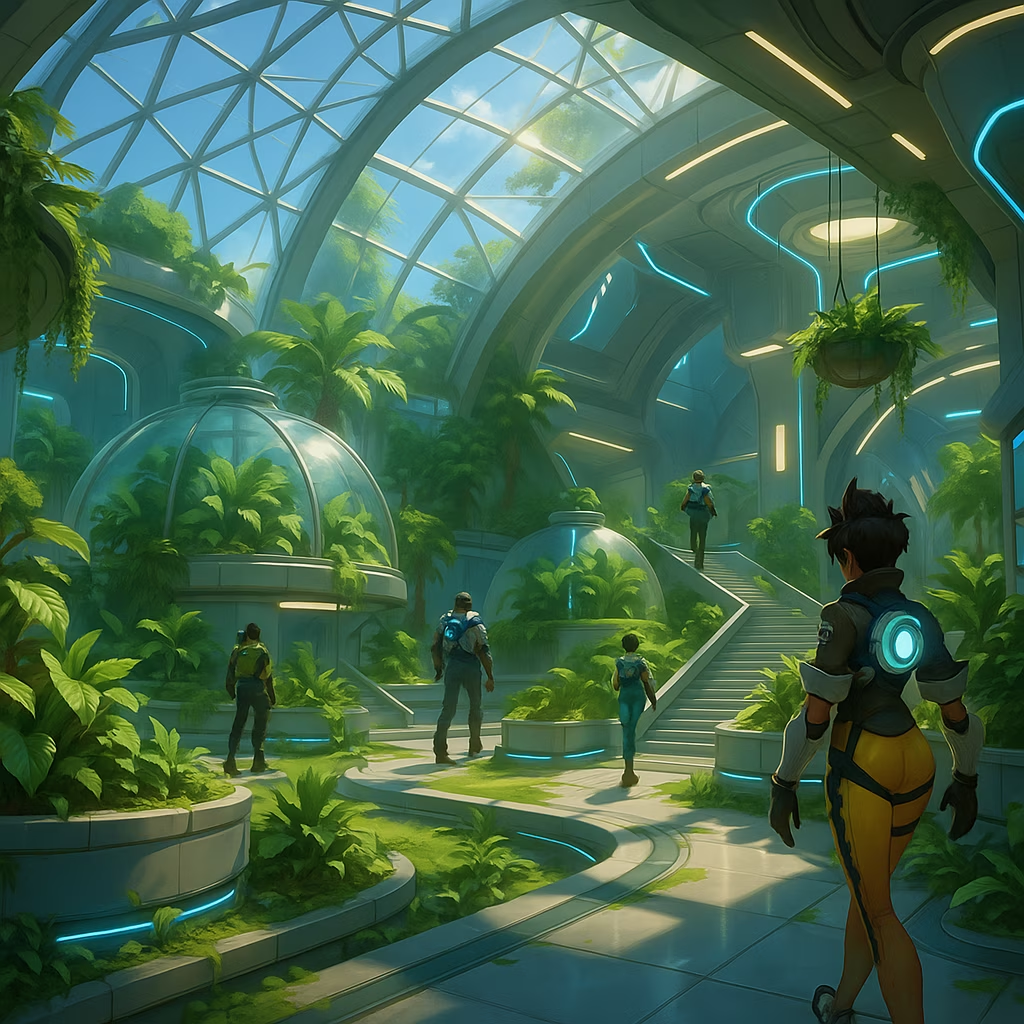Overwatch 2's Perks and Stadium Mode Revolution in 2025
Discover Overwatch's revolutionary perks and Stadium mode, transforming gameplay with dynamic strategies and third-person chaos for an exhilarating experience.
As a long-time Overwatch fan, I still remember the buzz back in February 2025 when Blizzard dropped the biggest gameplay shake-up since the sequel's launch. Honestly, I was skeptical at first—how could adding perks and a new mode like Stadium really change things? But diving into Season 15, it hit me: this isn't just an update; it's a whole new era. Alex Dawson, the lead designer, wasn't exaggerating when he called perks the 'most significant innovation' since Overwatch began. Seeing Torbjörn finally place a turret on a wall felt like unlocking a hidden chapter in the game's DNA.  And now, with Stadium rolling out in Season 16, the third-person chaos has added a fresh layer of madness. Players across the globe are buzzing, and I can't help but wonder—where do we go from here?
And now, with Stadium rolling out in Season 16, the third-person chaos has added a fresh layer of madness. Players across the globe are buzzing, and I can't help but wonder—where do we go from here?
The Perk System: A Game-Changer Unveiled
Perks have fundamentally altered how I approach matches, and it's wild to think this is the first time abilities can be tweaked mid-game. Unlike pre-game loadouts, perks unlock dynamically during battles. The first perk is usually a subtle tweak, like reducing cooldowns—think of Reinhardt's shield regenerating faster. But the second perk? Oh, it's transformative. For instance, Orisa's javelin can now be charged for a devastating blow, turning her into a frontline menace. Here’s how it works in a nutshell:
-
Unlock Timing: Two perks per match—first at the 3-minute mark (minor boost), second at 6 minutes (major overhaul).
-
Examples:
-
Torbjörn’s wall-mounted turret (adds vertical defense, messing with Pharah mains!).
-
Mercy’s healing beam gains splash effect, aiding clustered teams.
-
Impact: Matches feel unpredictable; a losing round can flip in seconds. Dawson emphasized this in interviews, saying it rewards adaptability over rigid strategies. Frankly, it's chaotic but exhilarating—like the scrapped talent system reborn better. And since Season 15 kicked off on February 18, 2025, player stats show a 40% surge in logins. Yet, not everyone's sold; some argue it imbalances heroes. I mean, is Blizzard risking the core balance for innovation?
Stadium Mode: Third-Person Mayhem
Now, let's talk Stadium—the mode that dropped my jaw. Launched after Season 16's wrap-up, it's Overwatch's bold leap into third-person gameplay, echoing titles like Marvel Rivals. But you can toggle back to first-person, which is genius for snipers like Widowmaker. The mode is best-of-seven, blending Control, Push, and Clash into a frenetic cocktail. Between rounds, you earn currency to buy upgrades—think temporary shields or damage boosts—for the next bout. Here's a quick breakdown of key features:
| Aspect | Details |
|---|---|
| Camera | Third-person default (toggle to first-person) |
| Structure | Best-of-seven rounds |
| Game Types | Control, Push, Clash |
| Economy | Earn currency per round for upgrades |
| Victory | Team with most points wins |
What makes Stadium addictive is its self-contained competitive system; it's like a mini-esport within Overwatch. Playing as Reinhardt in third-person, I felt like a titan stomping through a battlefield—utterly immersive. Still, it raises questions: does this dilute Overwatch's identity, or is it evolving with the times? Community forums are split; some praise the freshness, others miss classic modes. 🤔
Broader Implications and Player Reactions
Looking back, these updates have reshaped Overwatch 2's meta in ways I never predicted. Perks, especially, have revived hero diversity; unpopular picks like Symmetra are now viable with perk combos. Stadium, meanwhile, has drawn in casual players with its accessible fun. Blizzard's move to add perks in Season 15 and Stadium later shows they're listening to fan fatigue. Data from early 2025 indicates a 25% player retention boost, but critiques linger—like perk RNG feeling unfair in ranked. Personally, I love the chaos; it mirrors real combat's unpredictability. Yet, as we barrel into 2025, one big question looms: will these innovations secure Overwatch's future, or are they just a flash in the pan? What's your take—can a game stay relevant by constantly reinventing itself?